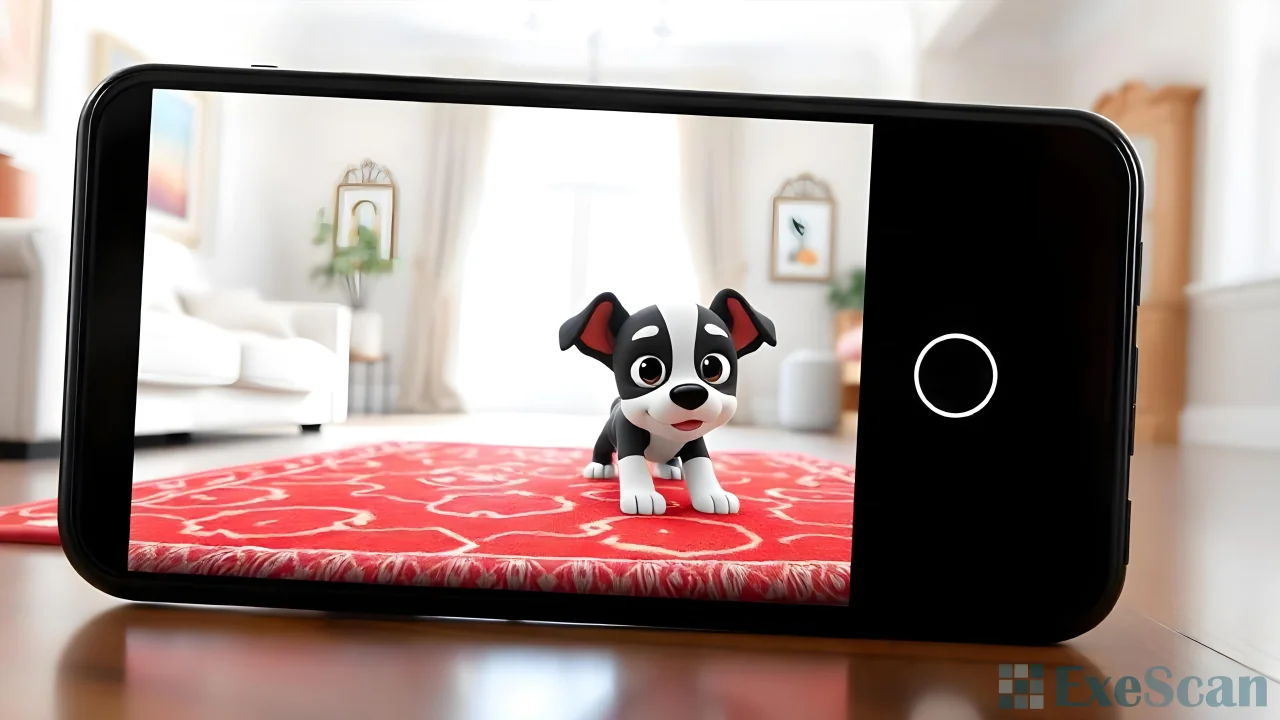Augmented Reality (AR) is becoming increasingly popular, offering a unique way to blend the digital world with the physical one. It allows users to interact with digital content in the real world, making the experience more engaging and immersive. Whether you’re a developer, a designer, or just a tech enthusiast, creating your own AR experiences can be both fun and highly rewarding. In this article, I’ll guide you through the basics of how to create your own AR experiences, explore the tools and software available, and delve into some practical tips to get the most out of your AR projects.
Understanding Augmented Reality
Before diving into the tools and software, it’s essential to understand what AR is. Augmented Reality (AR) is a technology that overlays digital information, such as images, sounds, or data, onto the real world. Unlike Virtual Reality (VR), which creates a completely virtual environment, AR enhances the real world by adding digital elements to it. AR is used in various applications, from gaming and entertainment to education, healthcare, retail, and beyond.

AR can transform how we interact with our environment. For instance, in retail, AR can allow customers to visualize how furniture would look in their home before purchasing it. In education, AR can bring textbooks to life by adding interactive 3D models. Understanding these potential applications can help you design more impactful AR experiences.
Choosing the Right AR Tools
When starting with AR, choosing the right tools is crucial. The tools you choose will largely depend on the platform you’re targeting, your level of expertise, and the type of experience you want to create. Here are some of the most popular tools that I recommend for creating AR experiences:
ARKit and ARCore
If you’re looking to create mobile AR experiences, ARKit (for iOS) and ARCore (for Android) are excellent starting points. These platforms are developed by Apple and Google, respectively, and offer powerful features for creating AR apps. Both ARKit and ARCore provide developers with tools to create immersive AR experiences, such as object recognition, motion tracking, and environmental understanding.
ARKit and ARCore have significantly lowered the barrier for entry into AR development by providing robust, ready-to-use frameworks. They are especially effective for developers aiming to create AR applications for smartphones, which are the most common devices for AR experiences. With these tools, you can create anything from simple AR games to complex, interactive environments.
Unity and Unreal Engine
Unity and Unreal Engine are two of the most popular game development platforms, and they are also widely used for creating AR experiences. Both engines offer extensive support for AR development, including built-in AR tools and libraries. Unity is particularly popular due to its user-friendly interface and large community, making it easier for beginners to get started. Unreal Engine, on the other hand, is known for its high-quality graphics and is often used for more complex AR projects.
Unity’s flexibility allows developers to create AR experiences for a variety of platforms, including mobile devices, AR glasses, and even web-based AR. It also supports the integration of other AR tools like Vuforia, which we’ll discuss next. Unreal Engine, with its focus on high-fidelity graphics, is ideal for projects where visual quality is paramount, such as in architecture or high-end marketing.
Spark AR Studio
Spark AR Studio is a free tool from Facebook that allows you to create AR effects for Instagram and Facebook. It’s a great option for those looking to create social media AR experiences without needing extensive coding knowledge. Spark AR Studio offers a range of templates and visual tools to help you design and publish your AR effects quickly.
Spark AR Studio is particularly user-friendly, catering to creators who may not have a deep technical background. It’s a great platform for those interested in developing AR filters and effects that can reach a massive audience on social media. The tool allows you to create face filters, AR games, and interactive experiences that can go viral on platforms like Instagram and Facebook.
Vuforia
Vuforia is one of the most popular AR platforms for creating commercial AR applications. It supports both mobile devices and AR glasses, making it a versatile tool for various AR projects. Vuforia offers features such as image recognition, 3D object tracking, and ground plane detection, making it ideal for creating interactive AR experiences.
Vuforia’s strength lies in its robust tracking capabilities. It can recognize and track a wide range of targets, from simple images to complex 3D objects. This makes it an excellent choice for AR applications that require precise interaction with physical objects. Vuforia also integrates seamlessly with Unity, making it easier to create powerful AR applications that combine the strengths of both platforms.

Lens Studio
Lens Studio by Snapchat is another popular AR tool, specifically designed for creating AR experiences on Snapchat. Similar to Spark AR Studio, it allows creators to design interactive AR lenses that users can share on Snapchat. Lens Studio is an excellent choice for marketers and content creators looking to engage with Snapchat’s large user base.
Lens Studio provides a range of templates and effects, enabling you to create engaging AR experiences without needing advanced programming skills. It also offers analytics tools to help you track the performance of your lenses, which can be valuable for measuring the impact of your AR campaigns.
Practical Tips and Best Practices
Once you’ve chosen your tools and started working on your AR projects, there are some practical tips and best practices that can help you create more effective and engaging AR experiences:
Start with Simple Projects
If you’re new to AR, it’s advisable to start with simple projects. This will allow you to get familiar with the tools and software without feeling overwhelmed. For instance, you could start by creating an AR experience that places a 3D object in the real world, or a simple AR filter for social media. As you become more comfortable with the technology, you can gradually move on to more complex projects.
Focus on User Experience
The success of an AR experience often depends on how intuitive and engaging it is for the user. When designing your AR experience, always keep the end-user in mind. Make sure the interface is easy to use, and that the AR elements are seamlessly integrated into the real world. Avoid cluttering the screen with too much information or too many interactive elements, as this can overwhelm users and detract from the experience.
Optimize for Performance
AR experiences can be demanding in terms of processing power and battery life, especially on mobile devices. To ensure your AR experience runs smoothly, optimize your 3D models and textures for performance. Use lightweight assets and consider reducing the complexity of your AR scene if you notice performance issues. Testing on a variety of devices is also crucial to ensure a consistent experience across different platforms.
Leverage the Environment
One of the key strengths of AR is its ability to interact with the real world. Consider how your AR experience can leverage the environment around the user. For example, you could create AR content that reacts to specific objects or locations, or use environmental data like lighting and weather to influence the AR experience. This can make your AR projects more dynamic and contextually relevant.

Stay Updated with AR Trends
AR is a rapidly evolving field, with new tools, technologies, and trends emerging regularly. Staying updated with the latest developments in AR can help you keep your projects fresh and innovative. Follow industry blogs, join AR communities, and attend AR events to stay informed about the latest trends and best practices in AR development.
Experiment and Iterate
AR development is a creative process, and experimentation is key to discovering new possibilities. Don’t be afraid to try out different ideas and approaches, even if they seem unconventional. Iterate your projects based on user feedback and your own observations, continuously refining your AR experiences to make them more effective and engaging.
Conclusion
Creating your own AR experiences can be an exciting and fulfilling endeavor, whether you’re doing it for fun, education, or commercial purposes. By choosing the right tools and software, understanding the basics of AR, and following best practices, you can create engaging and immersive AR experiences that captivate users and push the boundaries of what’s possible with this technology. As AR continues to grow in popularity, now is the perfect time to dive into this innovative field and start bringing your digital ideas to life in the real world.


